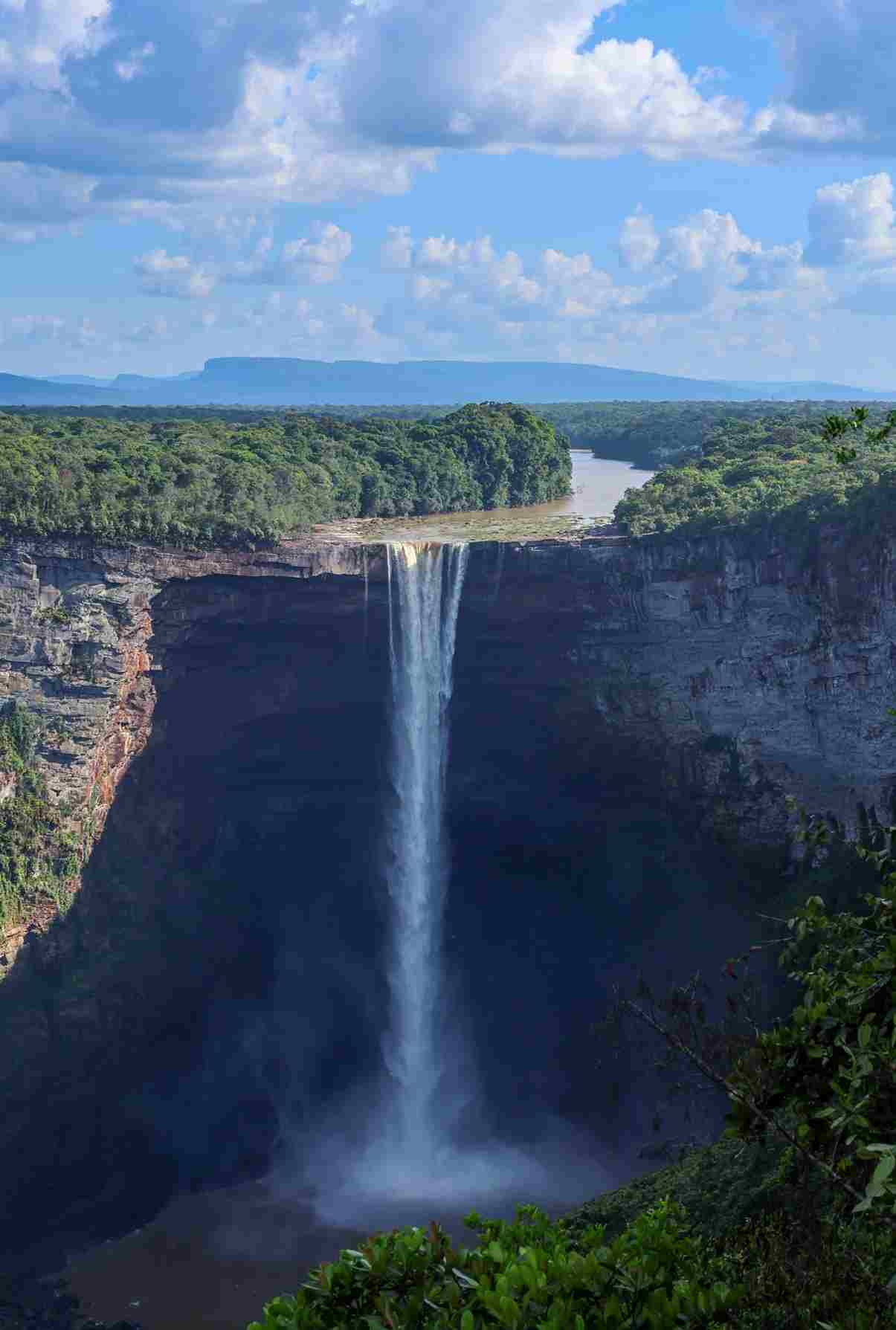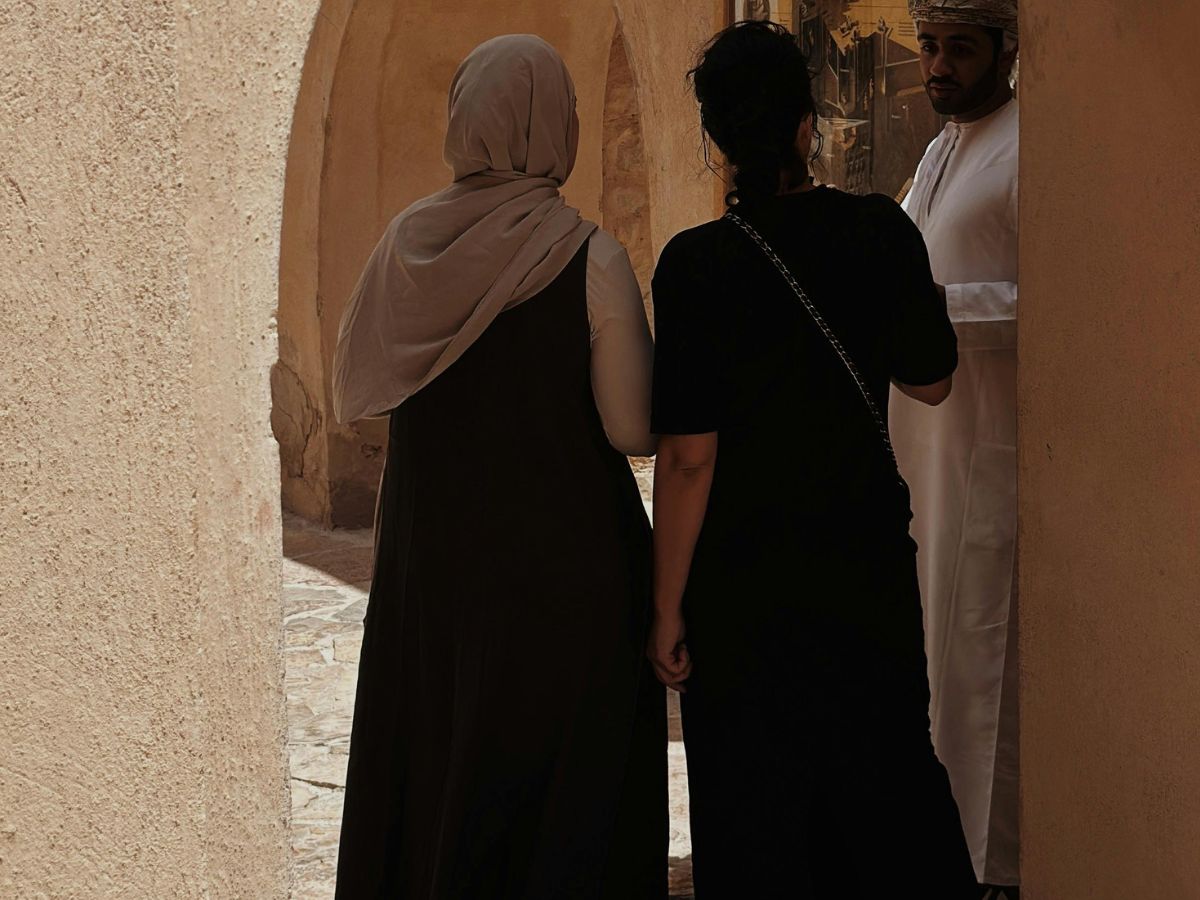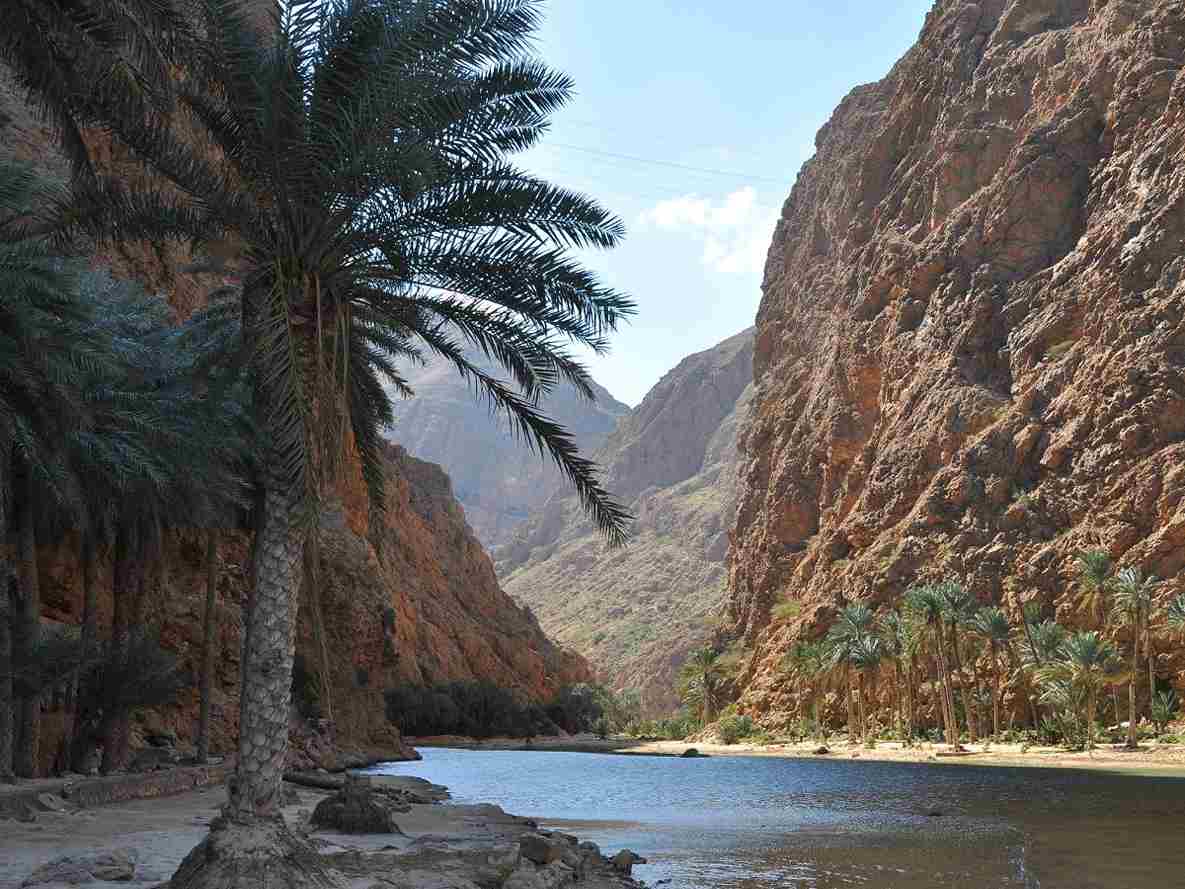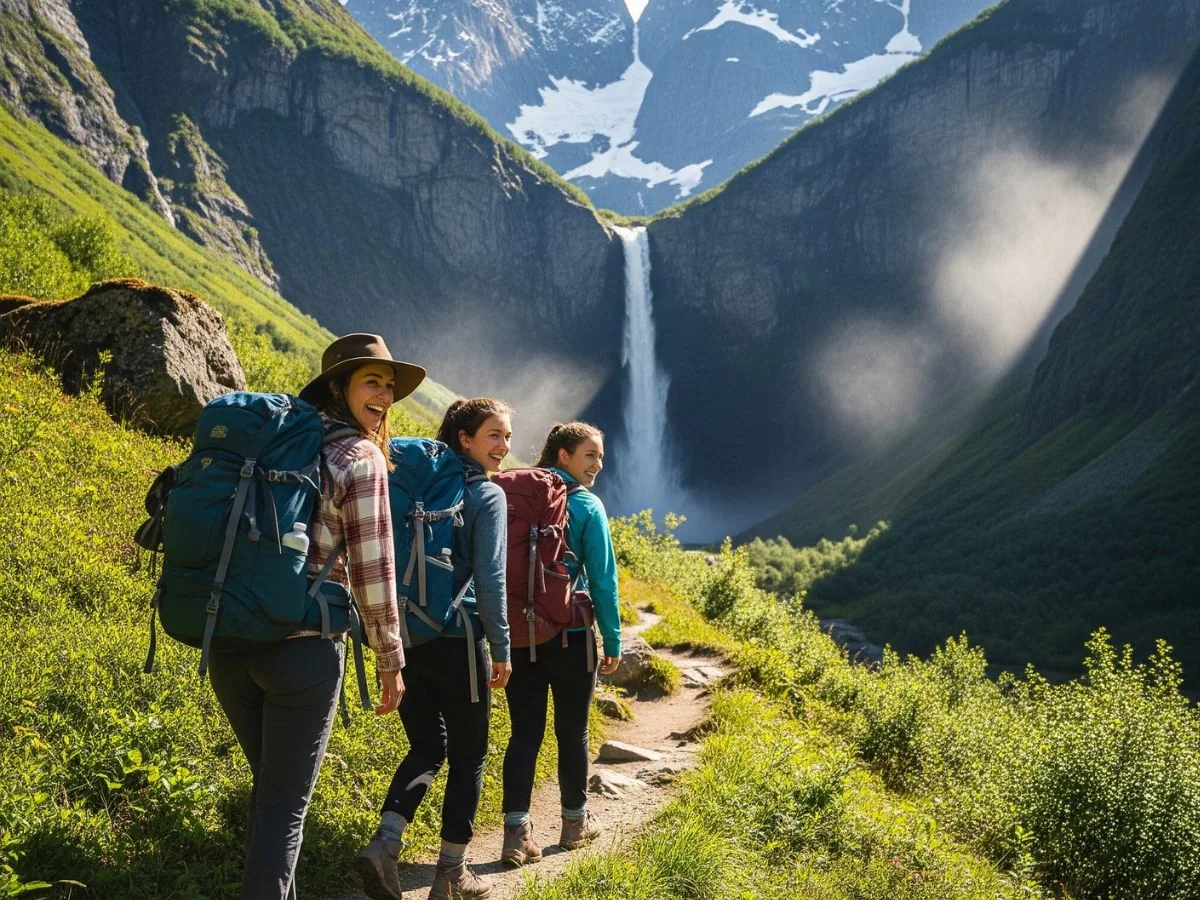Nestled in the heart of South America, Brazil is renowned for its vibrant culture, stunning landscapes, and rich biodiversity. While many travelers flock to the country’s iconic destinations like the Amazon rainforest or the bustling streets of Rio de Janeiro, there’s another gem waiting to be discovered: the Pantanal wetland. Spanning over 140,000 square kilometers across Brazil, Bolivia, and Paraguay, the Pantanal is the world’s largest tropical wetland and the world’s largest tropical inland wetland, making it the world’s largest of its kind. The Pantanal’s unique ecosystem is home to an abundance of animals, offering visitors the chance to witness a remarkable diversity of wildlife. In this blog, we’ll delve into why a visit to the Pantanal should be on every traveler’s bucket list.
Introduction to the Brazilian Pantanal
The Brazilian Pantanal is a true natural wonder, nestled in the heart of South America and recognized as the world’s largest tropical wetland. Spanning more than 43.5 million acres across west-central Brazil, eastern Bolivia, and Paraguay, this vast expanse of wetlands is a paradise for wildlife enthusiasts and those seeking unforgettable pantanal wildlife holidays. The region’s mosaic of marshes, lagoons, and savannahs provides a haven for an astonishing variety of species, from the vibrant hyacinth macaws soaring overhead to the playful giant otters gliding through the waterways. The Pantanal’s unique blend of landscapes and abundant fauna, combined with its rich cultural heritage, makes it a must-visit destination for anyone eager to experience the untamed beauty of nature in Brazil, Bolivia, and Paraguay.
Reasons to Visit Brazil’s Pantanal
The Brazilian Pantanal stands out as one of the world’s premier destinations for wildlife and nature lovers, offering a wealth of reasons to visit. With over 3,500 plant species, 656 bird species, 325 fish species, 159 mammal species, 53 amphibian species, and 98 reptile species, the Pantanal is a living showcase of biodiversity. It is especially renowned for its thriving jaguar population, making it the ultimate spot for jaguar safaris and unforgettable jaguar spotting experiences. The region’s intricate network of rivers, including the mighty Paraguay River and its many tributaries, creates a dynamic landscape that is constantly changing with the seasons. Whether you’re exploring the lush riverbanks, marveling at the diversity of bird species, or immersing yourself in the local culture through eco tourism, the Pantanal promises a safari adventure like no other. Every visit is an opportunity to witness the raw beauty of nature and the incredible variety of species that call this wetland home.
Geography and Location
Stretching across the southern reaches of South America, the Brazilian Pantanal covers parts of the states of Mato Grosso and Mato Grosso do Sul, as well as extending into eastern Bolivia and Paraguay. This remarkable region is defined by its sprawling wetlands, nourished by several rivers such as the Paraguay River and the Cuiaba River, which weave through the landscape and sustain its rich biodiversity. The Pantanal’s geography is a captivating mix of open savannahs, dense dry forests, and marshy wetlands, each supporting a unique array of plant and animal life. Its strategic location at the crossroads of Brazil, Bolivia, and Paraguay makes it an ideal base for exploring the diverse cultures and natural wonders of South America. Whether you’re navigating the winding rivers or traversing the vast plains, the Pantanal offers an ever-changing landscape that invites exploration and discovery.
Wildlife and Conservation
The Pantanal is celebrated worldwide for its extraordinary wildlife, serving as a sanctuary for some of South America’s most iconic species. Here, you can encounter majestic jaguars, playful giant otters, and the striking hyacinth macaws, as well as marsh deer, Brazilian tapirs, and giant anteaters roaming the wetlands. The region is also home to the Pantanal National Park, a protected area dedicated to preserving this unique ecosystem. However, the Pantanal faces significant conservation challenges, including the pressures of large-scale agriculture, cattle ranching, and the growing impacts of climate change. Conservationists and local communities are working tirelessly to safeguard the Pantanal’s future, establishing protected areas and promoting sustainable practices. By choosing responsible tourism and supporting conservation initiatives, visitors play a vital role in ensuring that the Pantanal’s incredible wildlife and habitats are preserved for generations to come.
Accommodation and Planning
When planning your adventure to the Pantanal, you’ll find a range of accommodation options to suit every traveler, from rustic lodges nestled in the heart of the wetlands to luxurious eco-lodges offering panoramic views of the surrounding landscape. Many lodges and tour operators provide expert guides who can help you spot elusive wildlife and share insights into the region’s unique ecosystem. Due to the Pantanal’s remote location and limited infrastructure, it’s important to come prepared—pack insect repellent, a zoom lens for capturing distant wildlife, and any specialized gear you might need for exploring the wetlands. Careful planning ensures a safe and rewarding experience, while also allowing you to support local communities and contribute to ongoing conservation efforts. With the right preparation, your journey to the Pantanal will be both memorable and meaningful, offering a rare glimpse into one of the world’s most spectacular natural environments.
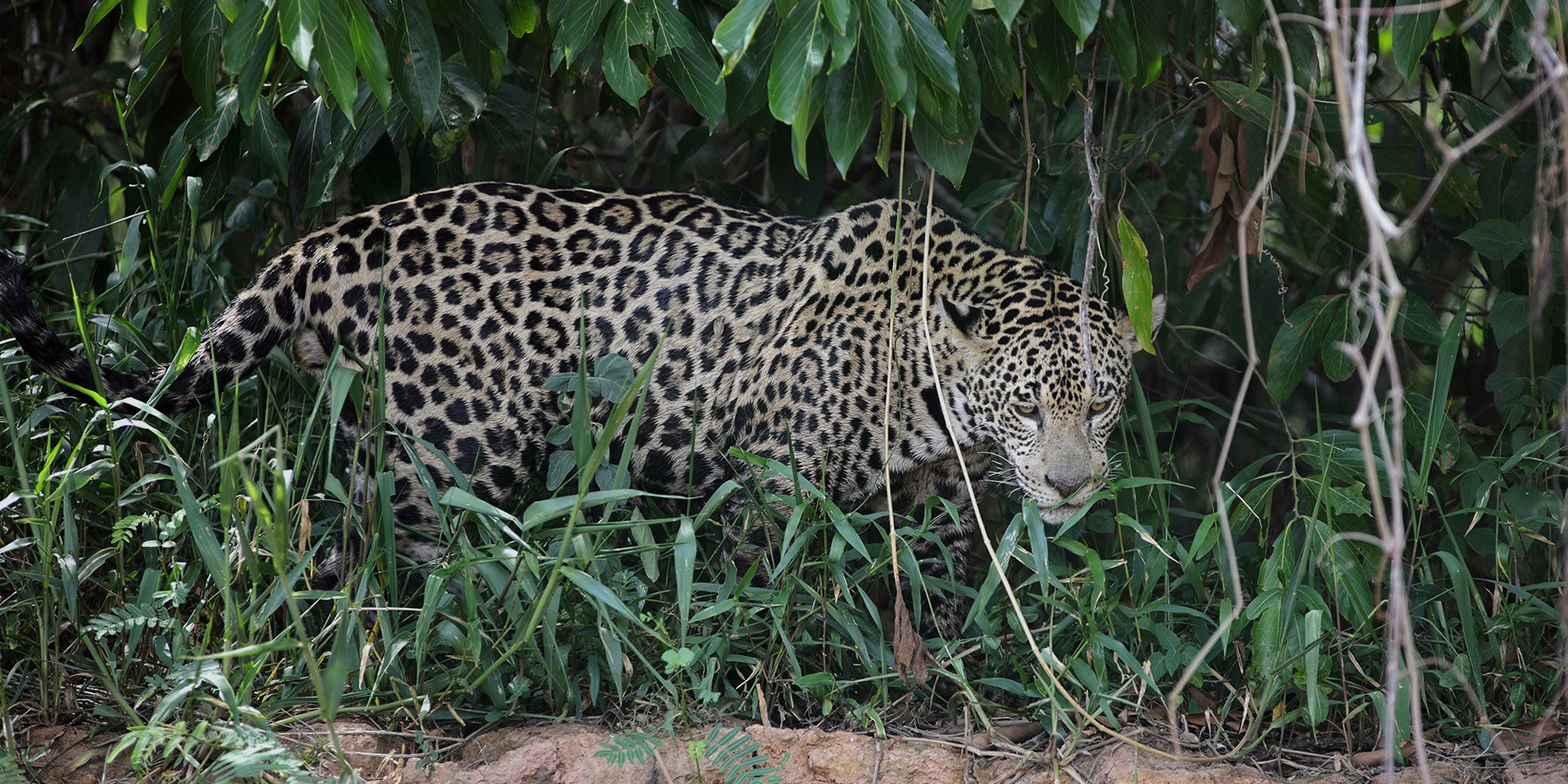
5 Reasons to Visit the World’s Largest Tropical Wetland: Brazil’s Pantanal
- Breathtaking Biodiversity: The Pantanal is a biodiversity hotspot, boasting an unparalleled array of flora and fauna. With its diverse habitats, including marshes, lagoons, and forests, the region supports an extraordinary variety of wildlife. The Pantanal is home to a remarkable diversity of mammals, including caimans, yacare caiman, capybara, giant river otter, giant river otters, southern tamandua, crab eating fox, and brazilian tapir. Birdwatchers, in particular, will be in paradise, as the wetlands are home to over 650 bird species, including toco toucans, jabiru stork, jabiru storks, herons, agami heron, and a wide array of migratory birds. The abundance of plants in the Pantanal further supports this rich ecosystem, making it a birdwatcher’s paradise.
- Wildlife Safaris: One of the best ways to experience the Pantanal’s natural wonders is through wildlife safaris. Knowledgeable local guides lead visitors on excursions deep into the wetlands, where they can observe wildlife in their natural habitat. Visitors can explore the Pantanal by boat, on foot, or via dirt roads, often observing animals along the riverbank. Whether it’s a boat ride along the meandering rivers, a 4×4 safari through the savannas, or a guided hike in the dense forests, each outing promises thrilling encounters with the region’s iconic inhabitants. Wildlife viewing is influenced by the dry season, wet season, and rainy season, as water levels fluctuate and waters recede, concentrating animals and affecting accessibility and sightings.
- Jaguar Spotting: For many visitors, the chance to spot a jaguar in the wild is the ultimate highlight of a Pantanal adventure. Jaguar safari experiences are especially popular in the northern Pantanal, or north, with Porto Jofre being renowned for jaguar sightings. The wetlands are one of the best places in the world to observe these magnificent big cats, thanks to the dense population inhabiting the region. While sightings are never guaranteed, the Pantanal’s healthy jaguar population significantly increases the odds of an unforgettable encounter, making it a must-visit destination for wildlife enthusiasts and photographers.
- Cultural Immersion: In addition to its natural wonders, the Pantanal offers travelers the opportunity to immerse themselves in the region’s rich cultural heritage. From traditional cattle ranches known as fazendas to indigenous communities preserving age-old traditions, visitors can gain insight into the unique way of life shaped by the wetlands. Engaging with local communities, sampling traditional cuisine, and participating in cultural activities provide a deeper appreciation for the Pantanal’s cultural tapestry.
- Sustainable Tourism: As awareness of environmental conservation grows, sustainable tourism practices are becoming increasingly important. Fortunately, many lodges and tour operators in the Pantanal are committed to responsible tourism, minimizing their impact on the fragile ecosystem while supporting local conservation efforts and community development initiatives. Conservation efforts are also focused on protecting the land and habitats of the Pantanal to ensure the survival of its unique biodiversity. By choosing eco-friendly accommodations and tours, visitors can contribute to the preservation of this natural paradise for future generations to enjoy.

